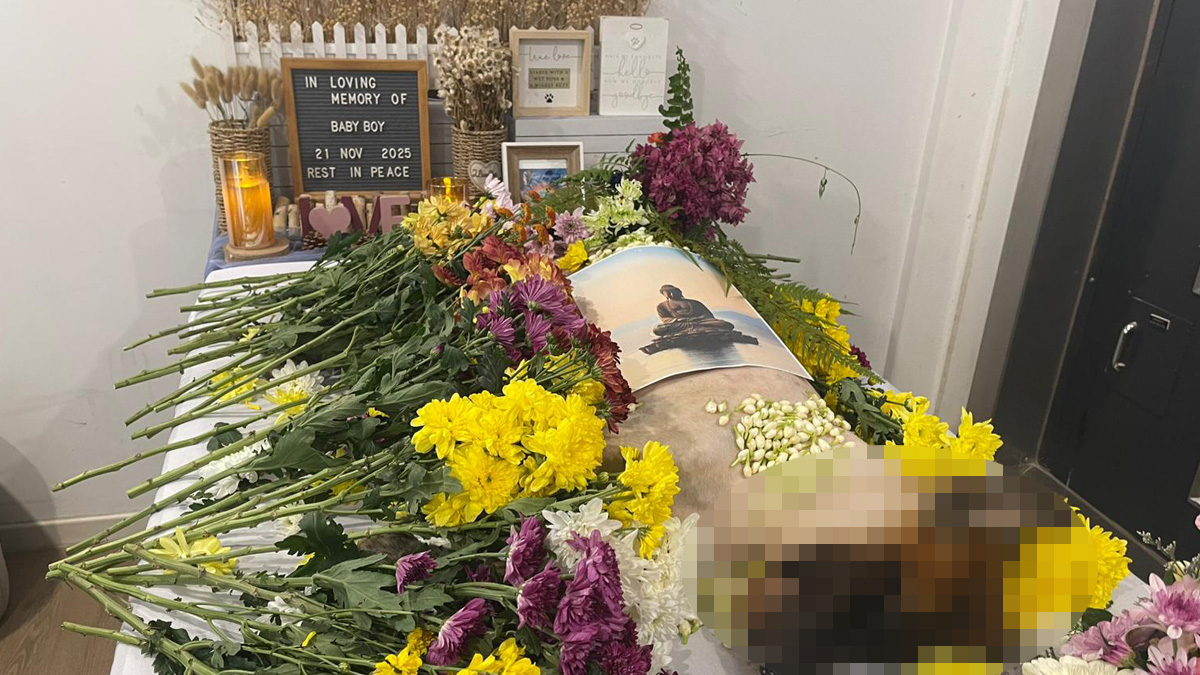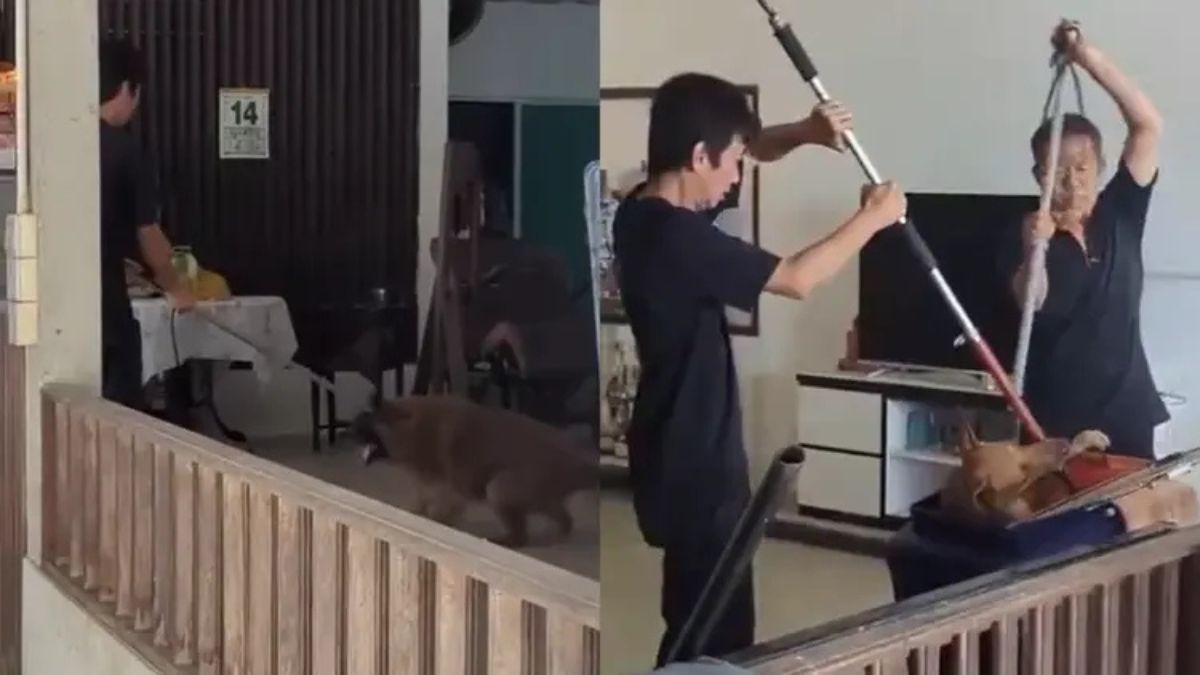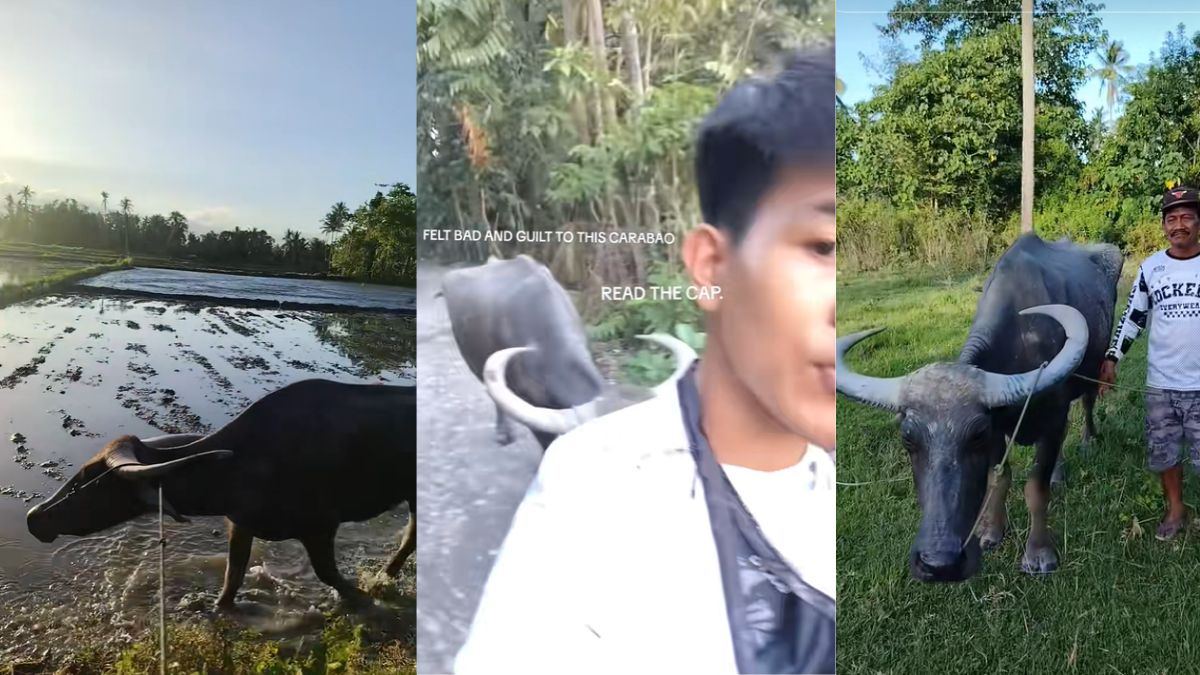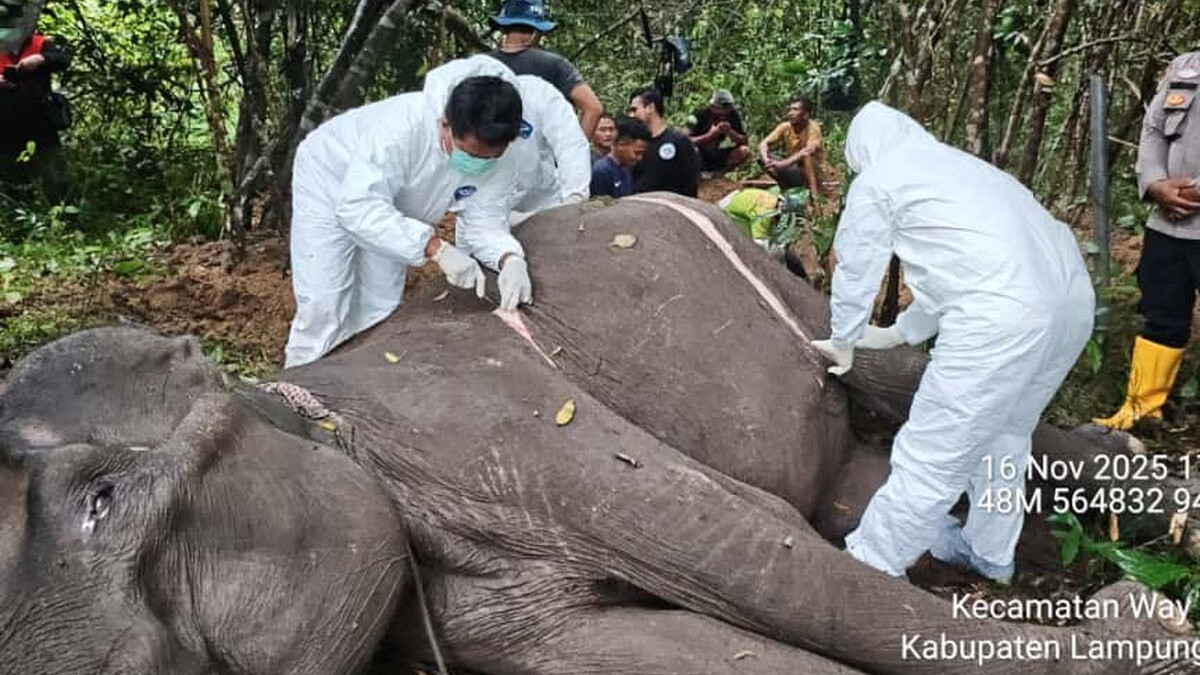Caregivers of Bidadari community dogs urge NParks to review barrier design after death of Pointy
Caregivers of the Bidadari community dogs are urging the National Parks Board (NParks) to re-examine its barrier design after a dog named Pointy was found dead outside the new structure, highlighting safety concerns and communication lapses.

- Bidadari caregivers allege NParks ignored key design suggestions for the new barrier.
- Pointy, one of the dogs, was found dead near the section of the barrier she once used to crawl under.
- NParks has since rectified part of the structure and paused plans to trap the dogs.
Caregivers of the Bidadari community dogs have renewed calls for the National Parks Board (NParks) to address safety concerns after the death of one of the dogs, known as Pointy. The animal was found dead outside a newly installed NParks barrier on 5 September 2025, sparking calls for design review and accountability.
According to Bidadari Paws, a group that has long cared for the dogs, Pointy was last seen on 1 September at her regular feeding spot before barrier works reached the dogs’ hideout. On 23 September, the group posted a detailed timeline on Instagram documenting the events leading to her death, including site meetings, unheeded recommendations, and later rectification works.
The barrier, part of NParks’ effort to manage interaction between the community dogs and park visitors, was first reviewed in a site meeting on 21 August 2025. During that session, caregivers presented an alternative design proposal, suggesting adjustments to ensure both safety and access.
Among the recommendations were removing the bottom strut near the dogs’ hideout to allow them to crawl back if caught outside, and creating an access point for caregivers to reach feeding areas easily. NParks, according to the caregivers, agreed to consider the ideas but later proceeded with partial implementation.
By 29 August, the caregivers were informed that the barrier replacement had begun. However, they found that some of their key suggestions had not been adopted.
When construction reached the dogs’ hideout on 2 September, caregivers noticed that the bottom struts of the barrier were installed about 300 millimetres above the ground. They immediately warned NParks that the clearance was insufficient for medium or large dogs, especially older ones like Pointy.
The new canvas was glued tightly to the upper and middle struts, leaving little room for the animals to crawl through. The caregivers submitted a formal request on 3 September for the struts to be raised to at least 450 millimetres after noticing that Pointy had not taken food the previous evening.
NParks responded that the struts would remain at 300 millimetres for structural stability, while noting that feedback would be considered for future projects. According to correspondence cited by the caregivers, NParks said: “We will be keeping them at 300mm above ground in that area. We will not be increasing the gap as it would affect the stability and overall hoarding structure, but we have noted your feedback for future consideration.”
Caregivers argued that this decision was inadequate. They pointed out that Kalu, the smallest of the Bidadari pack, has a shoulder height of about 50 centimetres and an elbow height of around 30 centimetres. The other dogs are larger, making the existing 30-centimetre gap difficult or impossible for them to pass through.
On 5 September, Pointy was found dead near the same area where she had previously crawled under an older barrier. Her body lay just outside the new canvas, which had been installed days earlier.
That same day, caregivers met NParks representatives by chance in the park and raised the issue directly. The agency subsequently agreed to rectify the section of the barrier. A follow-up meeting took place on 8 September, and approval was granted the next day to raise the bottom struts to 500 millimetres. Rectification work was completed on 10 September.
The caregivers expressed sadness that the modification came only after Pointy’s death. They said it underscored the importance of incorporating on-the-ground feedback, especially from those familiar with the dogs’ habits and needs.
Other parts of the barrier remain under construction, and NParks has reportedly indicated that future works will consider lessons learned from the incident.
The Bidadari community dogs have lived in the area for nearly a decade. Over the years, they have been the subject of recurring public complaints, mostly concerning barking and perceived territorial behaviour.
According to NParks, the agency received over 60 reports about the dogs, including around 20 cases where the animals allegedly chased park visitors. While no direct attacks were recorded, NParks stated that a child was injured while running away from them.
In response, the agency introduced mitigation measures earlier this year, including the installation of a U-shaped blue canvas hoarding to act as a visual barrier. At the time, NParks said it might use humane trapping methods, similar to those in its Trap-Neuter-Release-Manage (TNRM) programme, if safety concerns persisted.
Following recent developments, NParks appears to have moderated its approach. The corral at Bidadari Park has been removed, and trapping efforts have been paused. Caregivers said this decision came after incident reports dropped significantly since the new barrier’s installation.
Officials reportedly told caregivers during a recent engagement session that community feedback and on-site observations suggested the dogs were less likely to approach visitors once the visual barrier was in place.
Animal advocates, however, continue to urge NParks to ensure that safety measures do not endanger the dogs. They stress that the Bidadari pack, while cautious and territorial, has never shown aggression towards the public.
“The dogs are not a threat,” said one caregiver quoted by Bidadari Paws. “They are shy and avoid people whenever possible. The barrier was meant to protect everyone — but it must also protect the dogs.”
With the replacement works nearing completion, caregivers continue to monitor the dogs closely and provide food and medical attention. They said their priority is to prevent a repeat of incidents like Pointy’s death and to ensure NParks maintains open communication with volunteers who interact daily with the animals.
The group added that it hopes for a formal review of NParks’ barrier policies for community animals living near urban parks. Advocates believe that more flexible designs could balance structural safety with the welfare of resident wildlife and stray animals.
As of October 2025, NParks has not announced whether it will formally investigate Pointy’s death or revise its design standards for similar barriers.








0 Comments